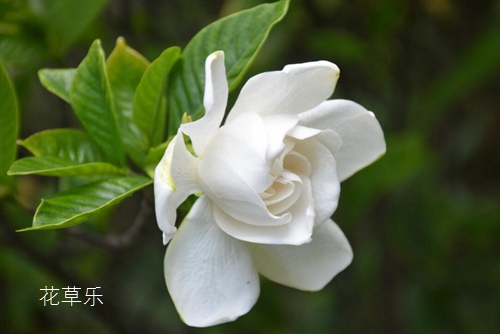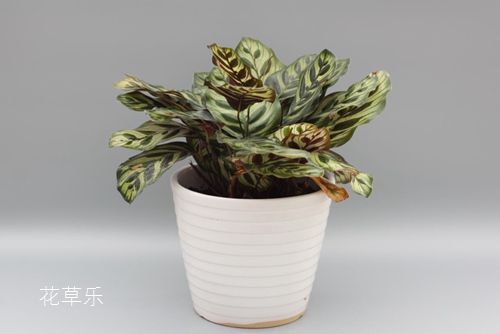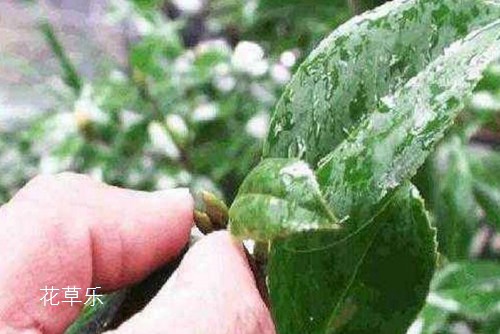How to raise gardenia? Culture method of Gardenia jasminoides
There are not many gardenias in the world than many trees. Useful in body color, in harmony with Tao and Qi. The red takes the wind and frost, the green looks at the rain and dew. Ruthlessly move you, expensive in Yingjiangbo. It is du Fu's praise of gardenia. Zhi Yu flowers are white and fragrant, which can be used not only for viewing, but also for wearing. the fruit can also be used as medicine and has the effect of anti-inflammation and detoxification. In addition, Gardenia jasminoides leaves are green and have the ability to resist smoke and sulfur dioxide. It is an ideal green flower for environmental protection. Gardenia, belonging to Rubiaceae, evergreen shrub. Gardenia is native to the southwest of China. There are about 100 species of gardenia in this genus, which are native to tropical and subtropical regions. There are eight common varieties of gardenia. Such as big leaf gardenia, water gardenia, egg leaf gardenia and so on. Gardenia or Yueyang, the city flower of Neijiang. To cultivate gardenia, we should first understand and learn the breeding methods and matters needing attention of gardenia. The following flowers and plants to share with you how to grow gardenia.
How to raise gardenia? Culture method of Gardenia jasminoides

When will the gardenia bloom
The flowering period of Gardenia jasminoides is long, from May to June to August, the fruit ripening period is October, but the single flowering time is 4-5 days, if the fertilizer is sufficient, the buds will be more, and the flowering period will be longer.
II. Culture methods of Gardenia jasminoides
1. The soil should be cultivated in acidic soil which is rich in humus and fertile. Generally, rotten leaf soil can be used to add 1 portion of rotten bean cake fertilizer, mixed with a certain amount of ferrous sulfate, or drenched with 0.2% ferrous sulfate or alum fertilizer water for 3 to 5 times.
2. Watering gardenia requires high air humidity. The principle of watering is dry and thorough. It is suitable to be irrigated with soft water in summer, because there are more calcium and magnesium salts in hard water, which is very disadvantageous to the growth of gardenia. In order to overcome the alkalinity of soil and water quality, alum fertilizer was irrigated once a week during the growing season to keep the branches and leaves green. Winter should be controlled watering, do not dry do not water, long-term water content is too much, easy to cause rotten root death.
3. Fertilizing Gardenia jasminoides is not a very fat flower, but because of its exuberant growth, it needs reasonable fertilizer during the growing period. When mature human feces, urine or cake fertilizer is applied every 10 days or so, watering should be stopped one day before fertilization, and permeable water should be watered at the same time on the day of fertilization. Fertilizer will be stopped from the middle of September. Adult plants were fertilized with cooked cake fertilizer in mid-June and mid-August respectively.
5. Disease and pest control of Gardenia jasminoides is suitable for the occurrence of shell insects, red spiders and soot disease when high temperature and poor ventilation in summer. 1000 times of dimethoate EC can be sprayed to prevent shell insects, 40% of triamcinofol EC 1000 to 1500 times to control red spiders, but also can reduce the incidence of soot disease, families for the sake of safety can be sprayed with detergent, but also has a certain effect.
Diseases and insect pests often easily lead to yellowing of gardenia leaves, which is caused by a variety of reasons, so different measures should be taken for prevention and control. Chlorosis caused by lack of fertilizer: this chlorosis starts from the old leaves in the lower part of the plant and gradually spreads to the new leaves. Nitrogen deficiency: simple yellow leaves, new leaves small and brittle. Potassium deficiency: old leaves change from green to brown. Phosphorus deficiency: old leaves are purplish red or dark red. For the above cases, rotten human feces and urine or cake fertilizer can be forced to apply.
6. Changing the basin usually turns the basin once every 1 to 2 years, which is the best in spring to effectively prevent the alkalization of basin soil. When changing the basin, cut off part of the roots, such as disease and insect roots, too numerous roots, and then plant.
7. Shaping and pruning are generally carried out in spring, cutting off overlong branches, weak branches and other random branches that affect the plant shape in order to keep the plant shape beautiful. Gardenia is the top flower, and the top coring can be carried out appropriately in the growing season to promote the growth of flower branches and increase the number of flowers.
Culture methods and matters needing attention of Gardenia jasminoides
Third, gardenia flower language
Gardenia begins to breed buds in winter and does not bloom until the recent summer solstice. The longer the budding period, the longer Qingfen is. Gardenia represents a person's persistence and dedication. Therefore, giving gardenia flower language is "eternal love and agreement". Not only the trust of love, reflects the insipid, lasting, warm, refined appearance, contains the beautiful, tenacious, mellow essence of life.
Time: 2019-04-29 Click:
- Prev

How to raise peacock bamboo taro the culture method of peacock bamboo taro
Peacock bamboo taro is also known as five-color kudzu Yujin. Peacock bamboo taro plant shape is regular, the leaf is full of wonderful and exquisite markings, unique metal luster, brown patches like peacocks open screen, its colors are fresh, gorgeous and soft. Peacock bamboo taro prefers semi-shade and high temperature and humid environment, and is not resistant to cold. The suitable temperature for growth is 20 Mel 30 ℃.
- Next

Learn the perfect bonsai shape, starting with picking buds, hearts and leaves.
Bonsai is to select plants with graceful posture, short plants, compact leaves, long life, pruning resistance, strong resistance and easy modeling to restrain their growth without violating the growth habits of trees. according to the characteristics of the plant, the bonsai is modeled in the form of direct dry, horizontal dry, oblique dry and so on.
Related
- Fuxing push coffee new agricultural production and marketing class: lack of small-scale processing plants
- Jujube rice field leisure farm deep ploughing Yilan for five years to create a space for organic food and play
- Nongyu Farm-A trial of organic papaya for brave women with advanced technology
- Four points for attention in the prevention and control of diseases and insect pests of edible fungi
- How to add nutrient solution to Edible Fungi
- Is there any good way to control edible fungus mites?
- Open Inoculation Technology of Edible Fungi
- Is there any clever way to use fertilizer for edible fungus in winter?
- What agents are used to kill the pathogens of edible fungi in the mushroom shed?
- Rapid drying of Edible Fungi

